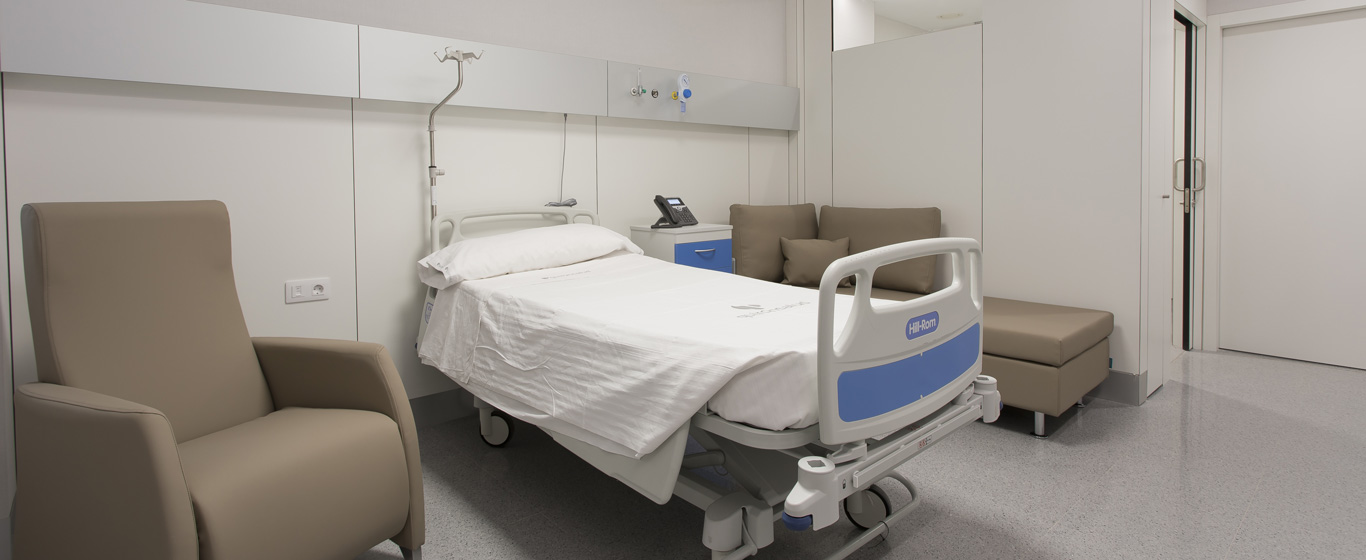Manometry
Manometry, which can be esophageal or anorectal, is a test used to assess the mobility of the muscles that make up the digestive system.

General Description
Manometry is a procedure in which pressure is measured in different parts of the digestive system. Its goal is to diagnose motility disorders, that is, conditions that affect how food moves from the mouth to the anus through the entire digestive tract.
In this procedure, a catheter with solid or liquid pressure transducers is used. These devices are capable of converting the pressure exerted by the sphincters and muscles into an electrical signal that records digestive activity. Depending on the area being studied, manometry is divided into two types:
- Esophageal Manometry: Evaluates the state of the upper digestive tract, for which the probe is inserted through the nose and slides down the esophagus to the stomach. This test studies the movements of the esophagus and the esophageal sphincter (both upper and lower).
- Rectal or Anorectal Manometry: Records the muscular movements of the lower digestive tract to check rectal sensitivity, rectoanal reflexes, and expulsive capacity (defecation). The catheter is slid through the anus to traverse the rectum and reach the large intestine.
In addition to diagnosing muscular function disorders, digestive manometry is used to assess the effectiveness of certain treatments.
When is it indicated?
Manometry is performed to rule out or detect diseases of the esophagus, stomach, duodenum, the valve that regulates bile flow from the pancreas (Oddi’s sphincter), rectum, and anus in patients without structural lesions. It is typically indicated in patients who present:
- Regurgitation
- Gastroesophageal reflux
- Fecal incontinence
- Constipation
- Dysphagia (difficulty swallowing)
- Chest pain
- Achalasia (when the esophageal muscles do not relax properly)
How is it performed?
The procedure varies depending on the type of manometry being performed:
- Esophageal Manometry: After administering local anesthesia to the nose and throat, the catheter is inserted through the nostril and gently slid through the throat and esophagus. The patient then lies on their back and remains still, following the specialist’s specific instructions, such as swallowing, sipping small amounts of water, or breathing slowly. Once all the necessary measurements are recorded, the probe is removed.
- Anorectal Manometry: With the patient lying on their side, a probe with an inflated balloon at the tip is inserted through the anus. Typically, the probe is lubricated with a gel that also contains a topical anesthetic. After the probe travels about 10 centimeters into the rectum, the balloon is inflated to assess the muscle response. Finally, the catheter is removed.
The data is displayed as graphs on a computer and must be interpreted by a specialist.
Risks
Manometry is a safe test that does not pose a health risk. In rare cases, side effects such as nasal or rectal bleeding, sore throat, or rectal perforation may occur.
What to expect from a manometry
Before the procedure, an informed consent must be signed. It is recommended to wear comfortable clothing, as the medical center will provide a gown to wear during the test. Manometry is an outpatient procedure, and the patient can return to their normal routine immediately after the test.
When the probe is inserted through the nose, there is no difficulty breathing, but it is common to feel gagging or itching in the throat. Some patients experience watery eyes. There is no pain during the process, although discomfort in the throat or nasal congestion may appear in the hours afterward. Esophageal manometry lasts about 30 minutes.
The anal procedure is not painful. It is normal to feel the urge to defecate when the probe is inserted into the rectum. This procedure lasts about 20 minutes.
Results are usually available within one or two days.
Specialties that request manometry
Manometry is a test performed in the specialty of gastroenterology.
How to prepare
For esophageal manometry, it is necessary to fast for 6 to 8 hours before the test, both from solids and liquids. Patients who take medication should consult the specialist, who will indicate whether the medication can be taken with a small amount of water or if it should be discontinued.
For rectal manometries, no special preparation is required, although an enema may be needed the night before the test.

































































































